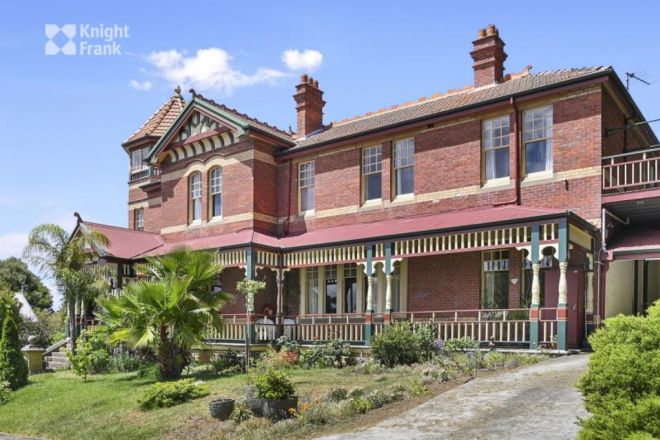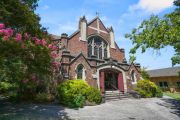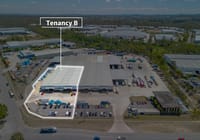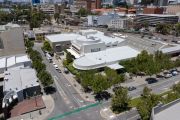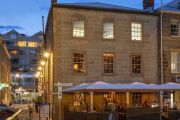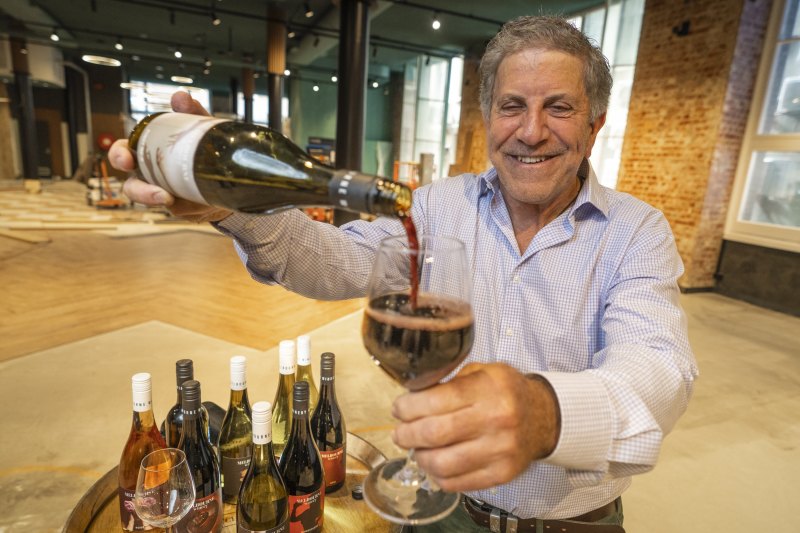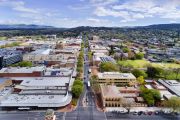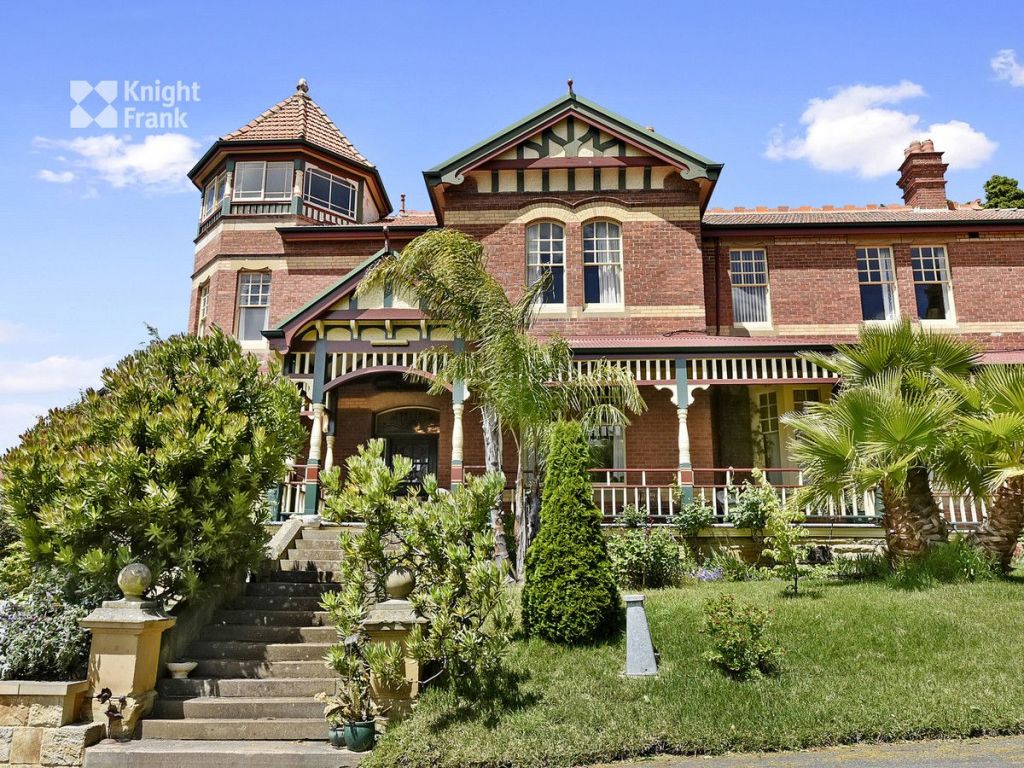
"We're so attached to it": Grand Hobart tourism opportunity reluctantly for sale
Been harbouring that dream of moving to Tassie and opening a modest B&B with accommodation for you and yours, plus a few lettable rooms?
Well, if you magnify that vision into a 120-year-old mansion with rather grand quarters for yourself and a whole lot of other rooms for short-term letting, there’s a historical pile on the hill above Hobart that has come back on the market that might spark your interest.
Presenting in the form of multiple buildings in a 3485 square metre established garden, as well as a Federation-era main house built in 1903 by three-time Tasmanian premier Sir Neil Elliot Lewis, the sale of Werndee presents as a fascinating package of possibilities.
Located in the upmarket suburb of Mount Stuart, the big house with an impressive blackwood foyer staircase and New Zealand kauri floors has a turret, cellar and 240-degree views up and down the Derwent, plus several ancillary apartments and other buildings that have been configured for holiday rental. The property can be purchased as it operates today:
That is, as a rangy 18 bedroom facility that returns $280,000 a year and gives the owner-operators self-contained salubrious digs within the main house.
Knight Frank Tasmania agent John Blacklow says that since the property came back on the market just before Christmas, interested parties have variously talked of taking it on as a tourism investment, or, as prospective live-in operators.
These enquirers have not, this time, been deterred by the asking price of $4.9 million.
Blacklow says that’s what happened in mid 2022 when owners Robyn Wellock and her mother Jennifer first put 1 Mortimer Avenue up for sale.
Despite Tasmania’s steadily improving tourism sector that most recently bought $2 billion into the state, and the very tasty income stream the property generates, last year’s potential buyers found the almost $5 million price tag a tad hefty.
So, although Robyn says that after 20 years of running and residing in the place, the leaving of Werndee “will be a real wrench”, the Wellocks are committed to concluding their custodianship and have sweetened the new deal by commencing a subdivision process that could break the estate into more fiscally-palatable portions.
That would hive the big house off from about 600 square metres of ground on which sits a new and attractive two apartment weatherboard house known as The Folly.
John Blacklow is quick to emphasise that much of the hard work and expense of the subdivision has been done but that it is “not locked in concrete. Buyers will still have the option of taking the whole property”.
How Werndee became such an interesting and layered estate is a long story that commenced when Sir Elliot had the pile built (in parts) of triple brick and lavished amazing timber and lead lighting appointments into it. More amazing still is that Robyn’s great grandfather ran the lead lighting firm that did the glass work.
When the politician sold it, the estate was taken on by the education department to house boys in the final year of their secondary education who needed to be in Hobart to do so. While she can’t quite see how the old place accommodated the mooted 100 boys, Robyn does praise the department for looking after it so well, and especially for covering the timber flooring in such thick carpets.
When, in 2003, the then medical scientist in search of a career change came to look at Werndee, Robyn Wellock says she and her mother were entranced by the “warm, solid and beautiful house with lots of light”.
But she especially “fell in love with the honey-coloured NZ kauri floors”.
As the fifth “caretakers” of the landmark estate in one of Hobart’s heritage precincts, the Wellocks inherited not only its Federation splendour and quality, but all the fine restoration work completed by the previous owner.
In 2016, the mother and daughter team added their own structure, The Folly”, to the mix and had a notion that they might even live in it themselves. Jennifer Wellock has now turned 83, and Robyn says the women have reluctantly decided “we’re just getting too old for it”. So, it’s time to leave.
“But it’s hard to sell because we’ve put so much into it. We’re so attached to it.”
Robyn’s ideal outcome would be to see a multigenerational family move in as occupants and operators. “We wish for someone really interested to be the next caretakers. We really don’t want to see the place ripped apart”.
